A Sunday on La Grande Jatte (1884)
A Sunday on La Grande Jatte (1884)
Couldn't load pickup availability
Share
Most people see "A Sunday on La Grande Jatte" and think of an idyllic afternoon by the river—a pretty scene, nothing more. But those who truly understand Georges Seurat’s masterpiece know it’s a quiet revolution, a work that changed the course of modern art.
Seurat’s meticulous "pointillist" technique—thousands of individual dots of color—creates an image that shifts and shimmers with life. It’s not just a painting; it’s a study in light, perception, and human behavior. The figures, so composed and deliberate, feel frozen in time, yet the air around them vibrates with movement. There’s an almost mathematical precision to the composition, a balance of form and color that pulls you deeper the longer you look.
Step closer, and you’ll notice how Seurat’s colors aren’t blended on the canvas but in your own eyes, a phenomenon that gives the painting its radiant, almost dreamlike quality. The more you take in, the more you recognize the quiet tension beneath the surface—these figures are together, yet separate, absorbed in their own worlds.
If you know, you know. And now, that quiet understanding can be part of your space.
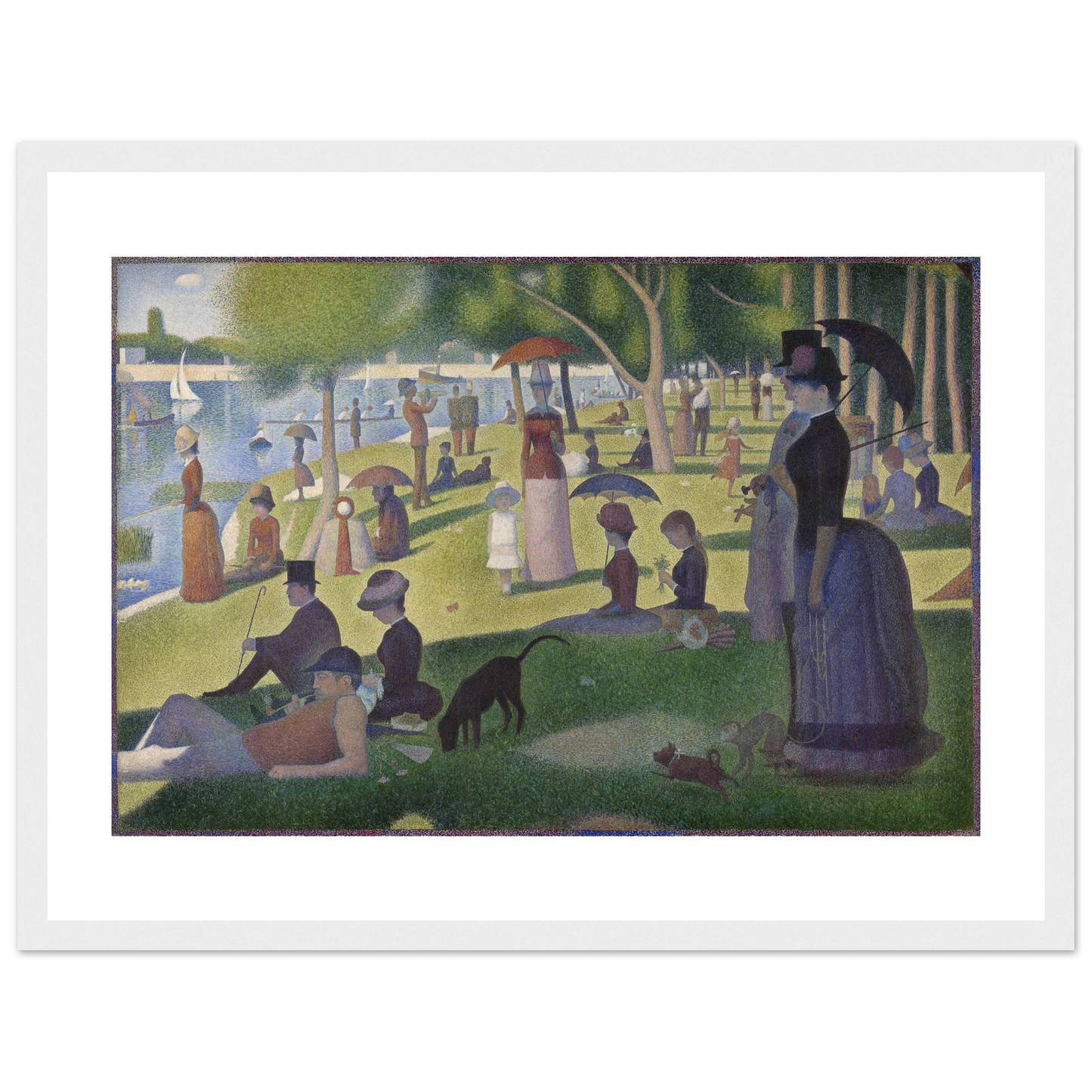
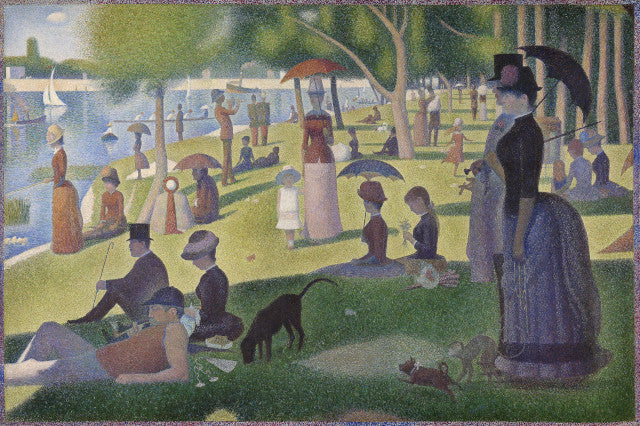
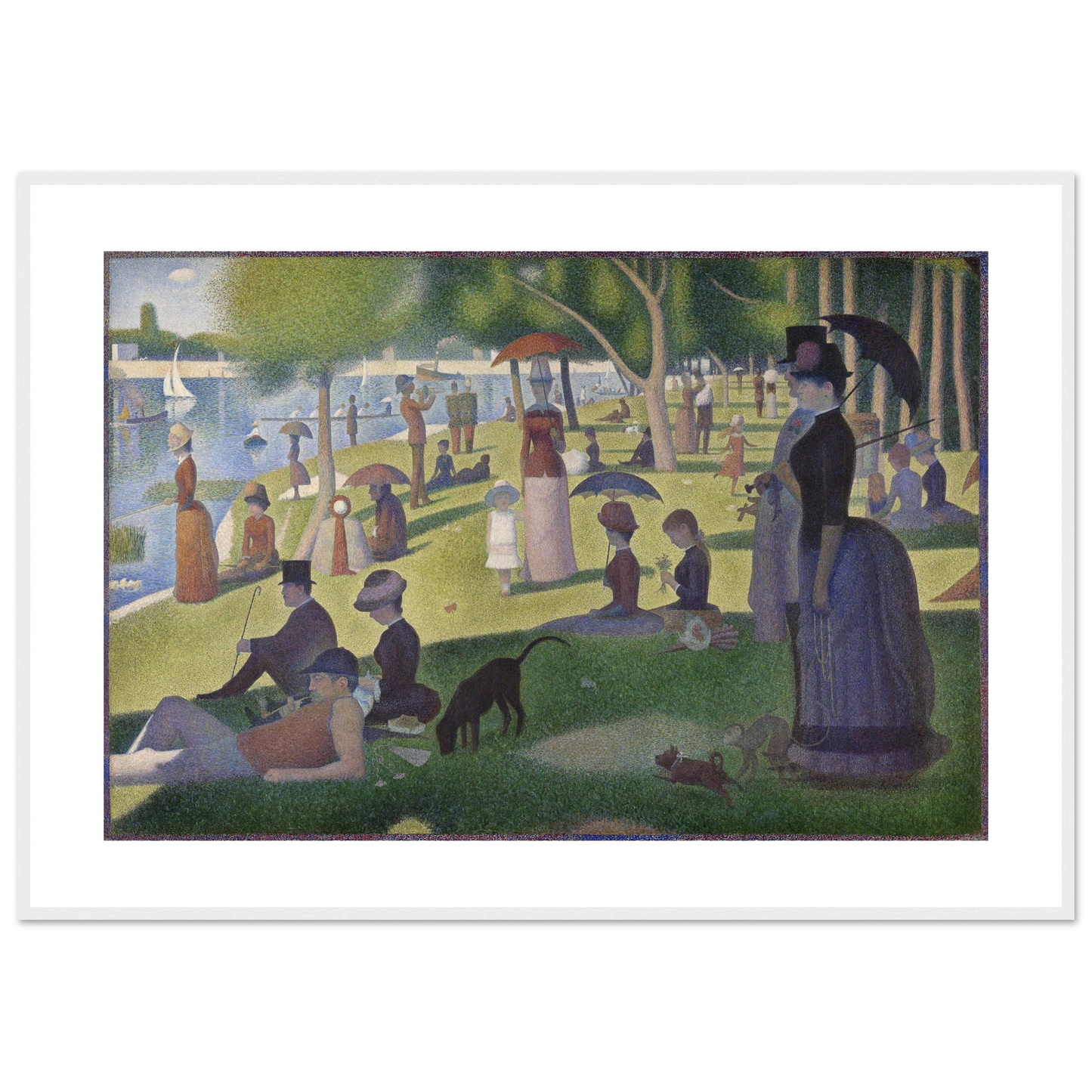
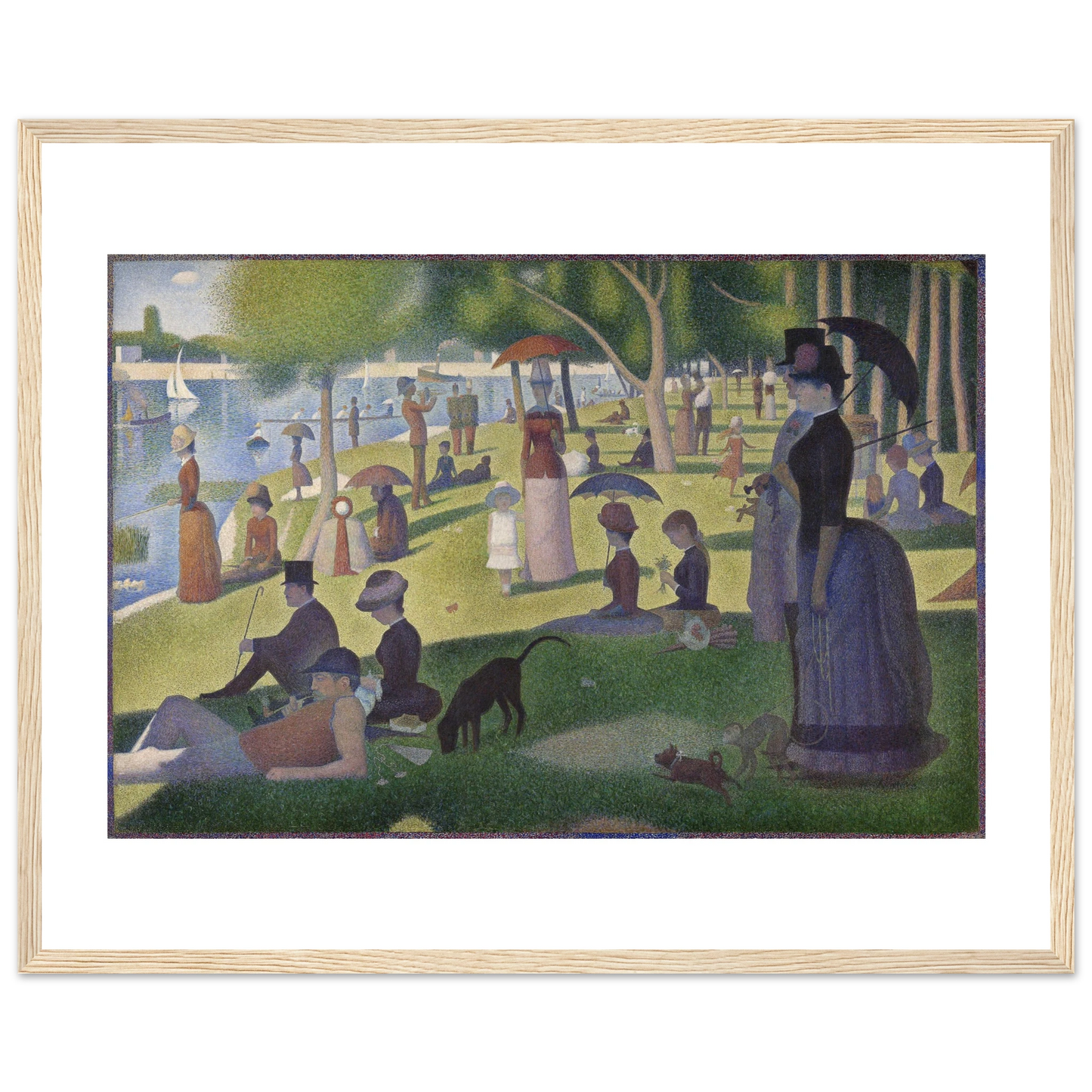

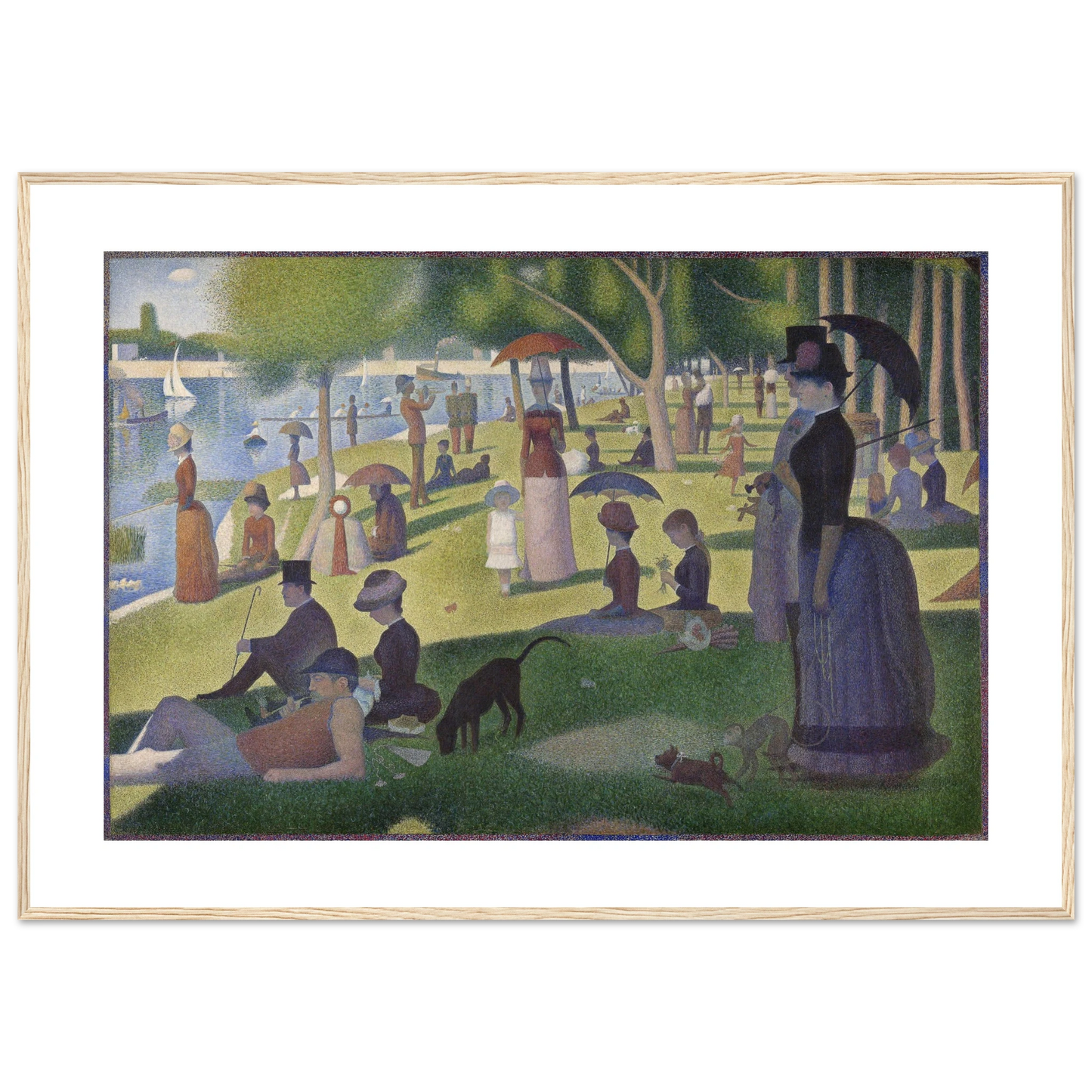
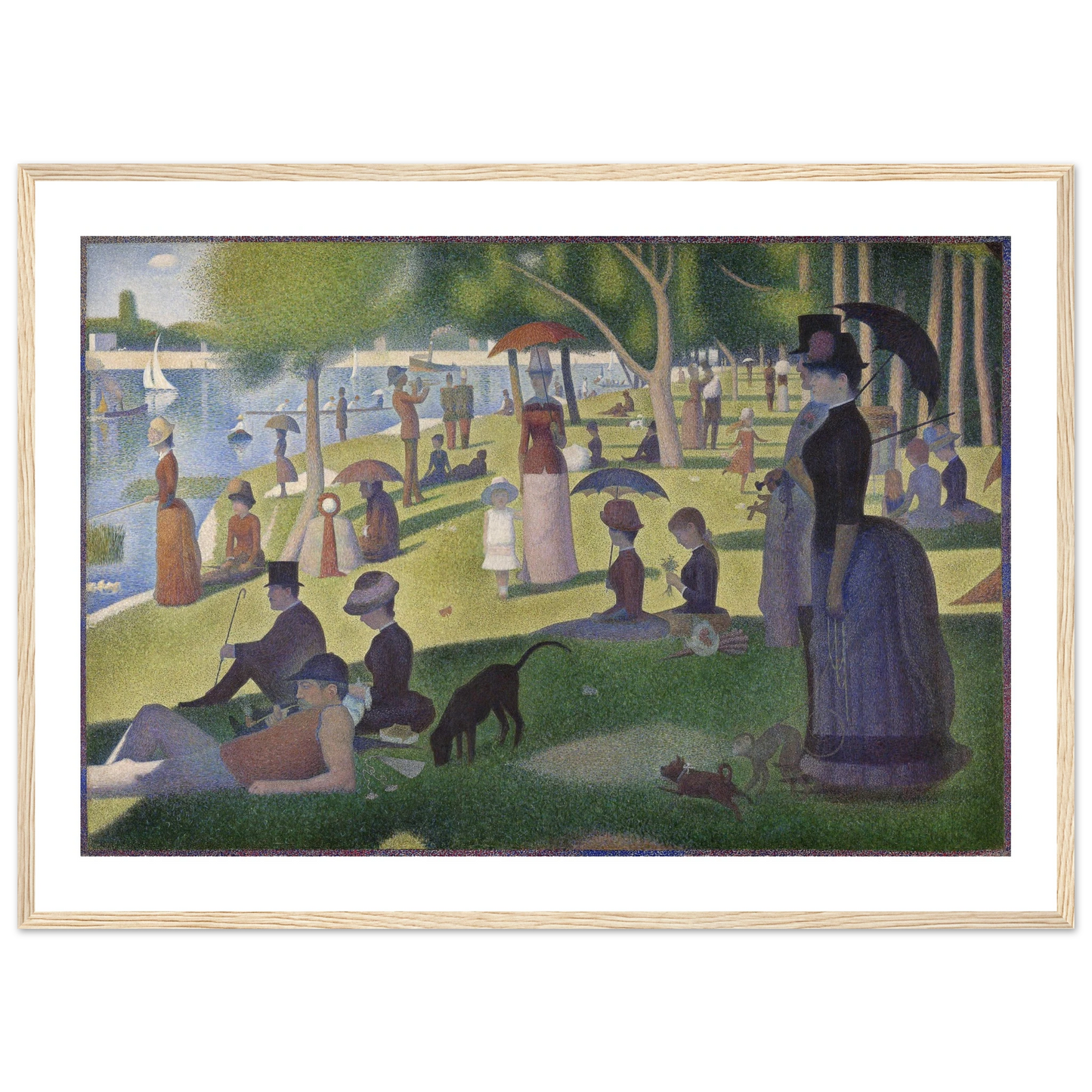
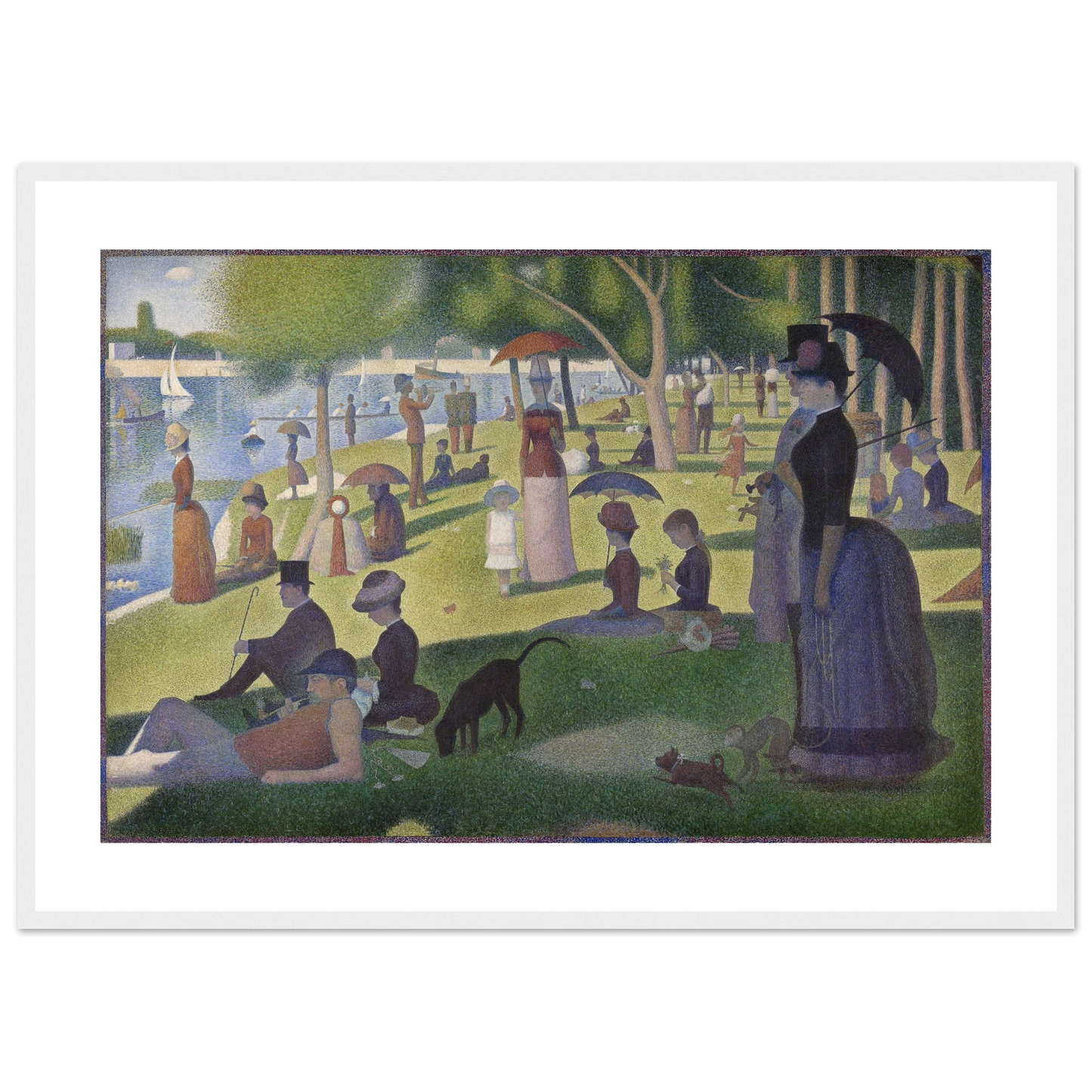

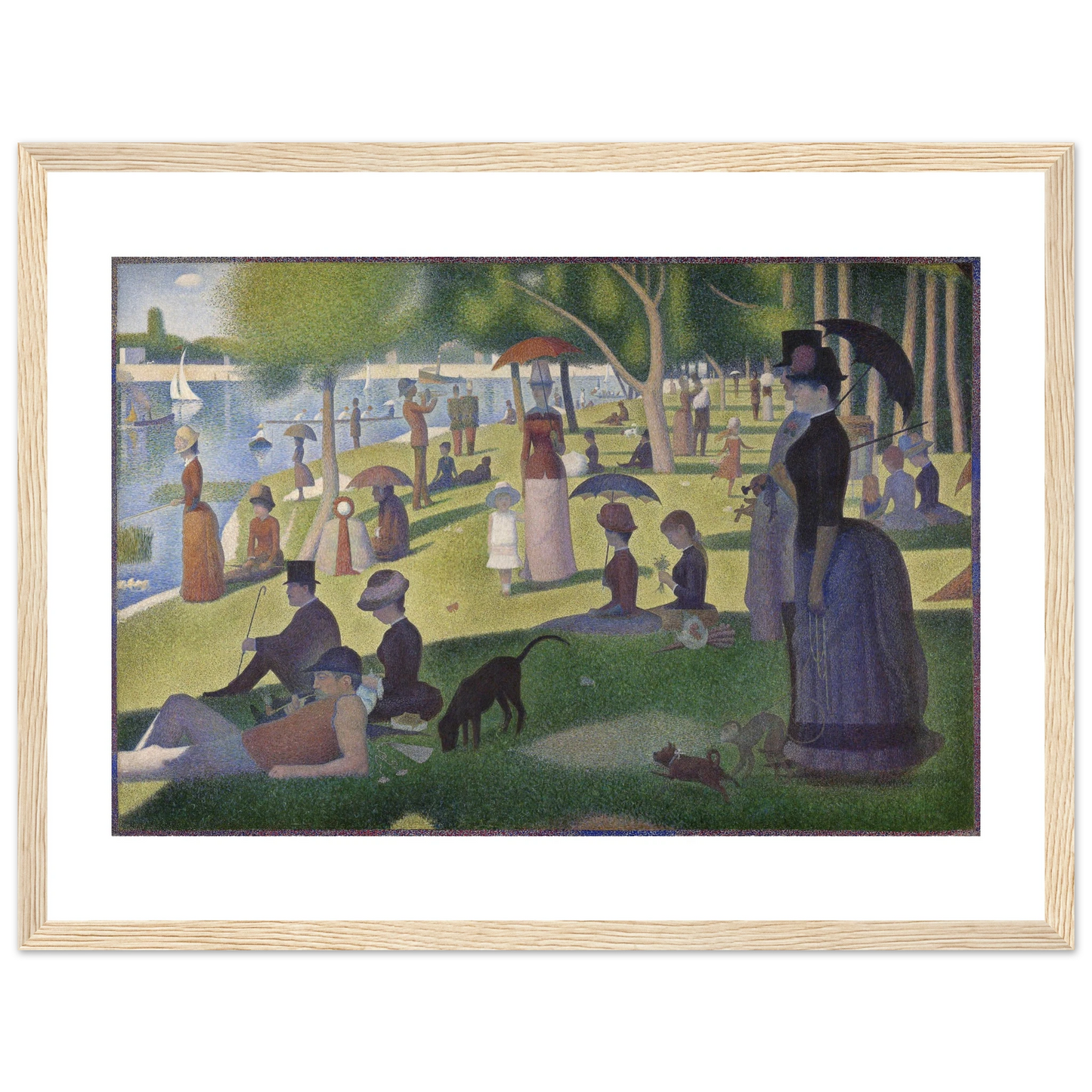
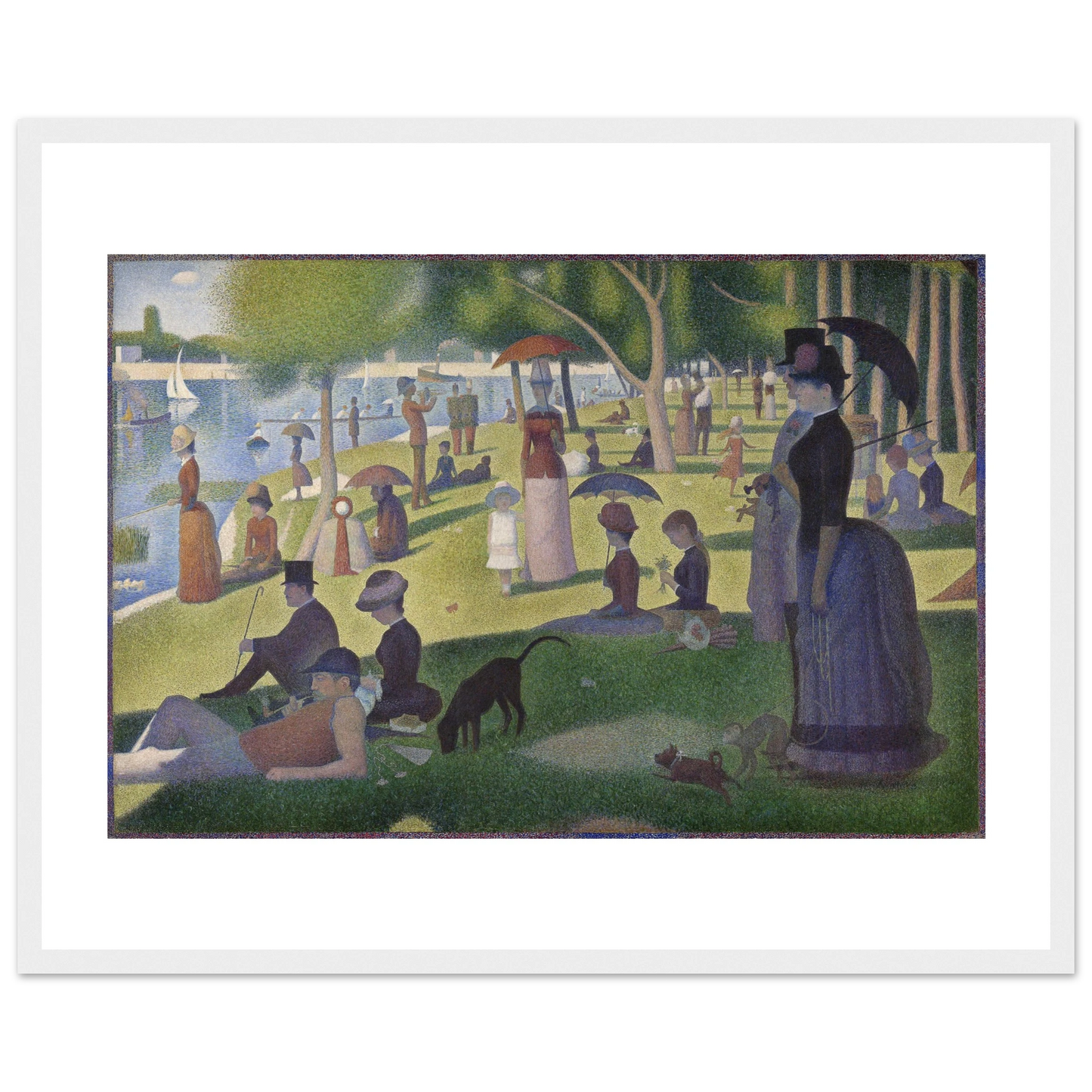
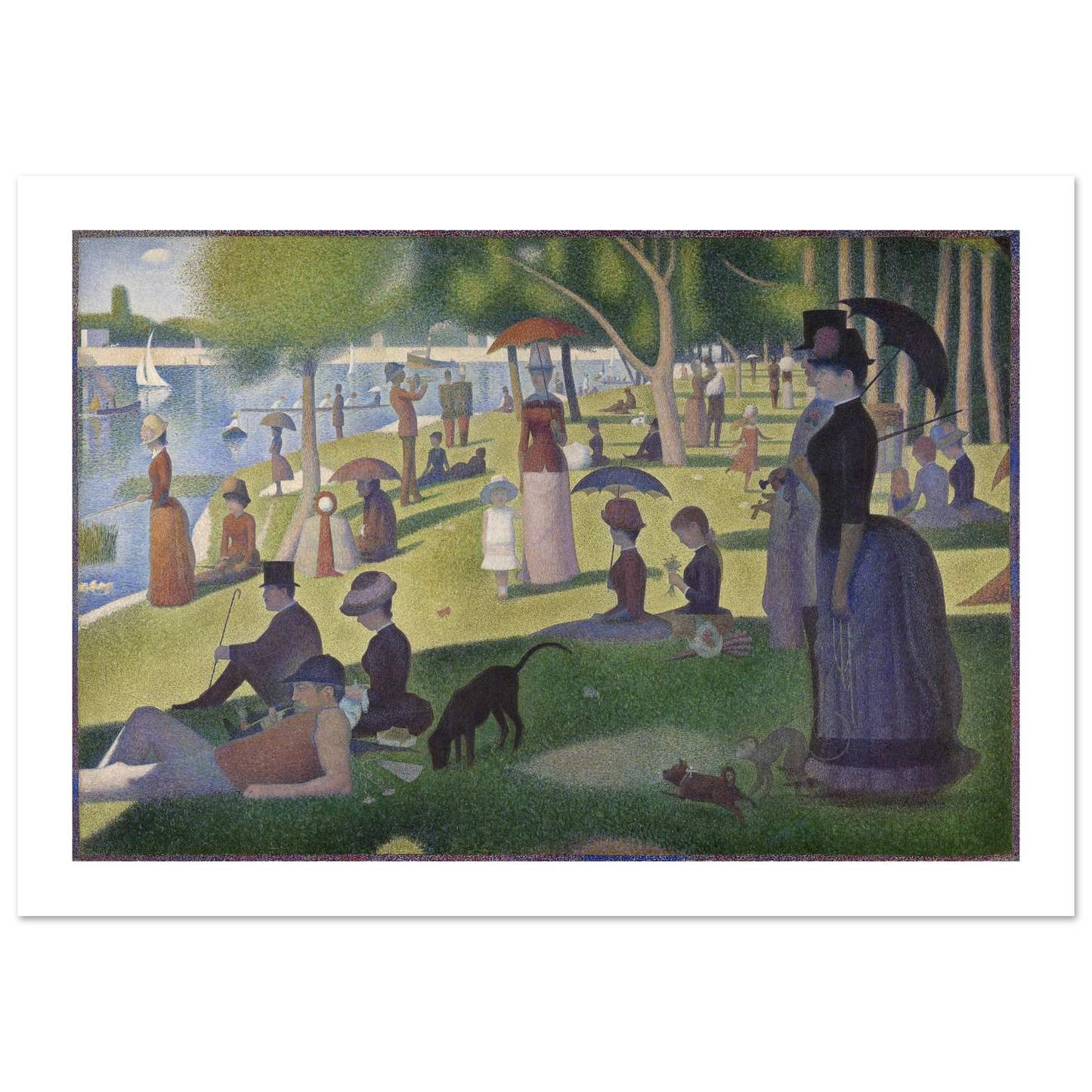
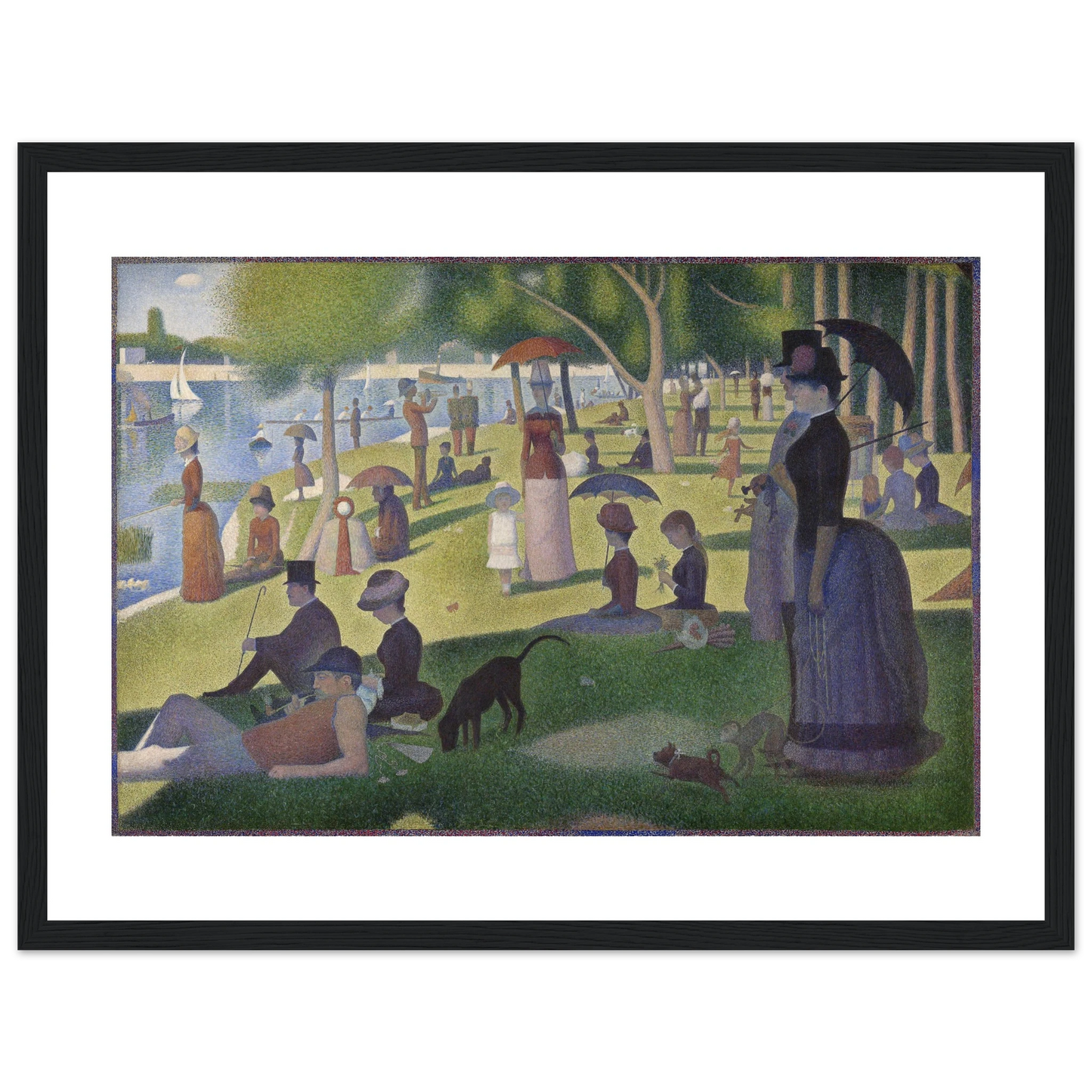

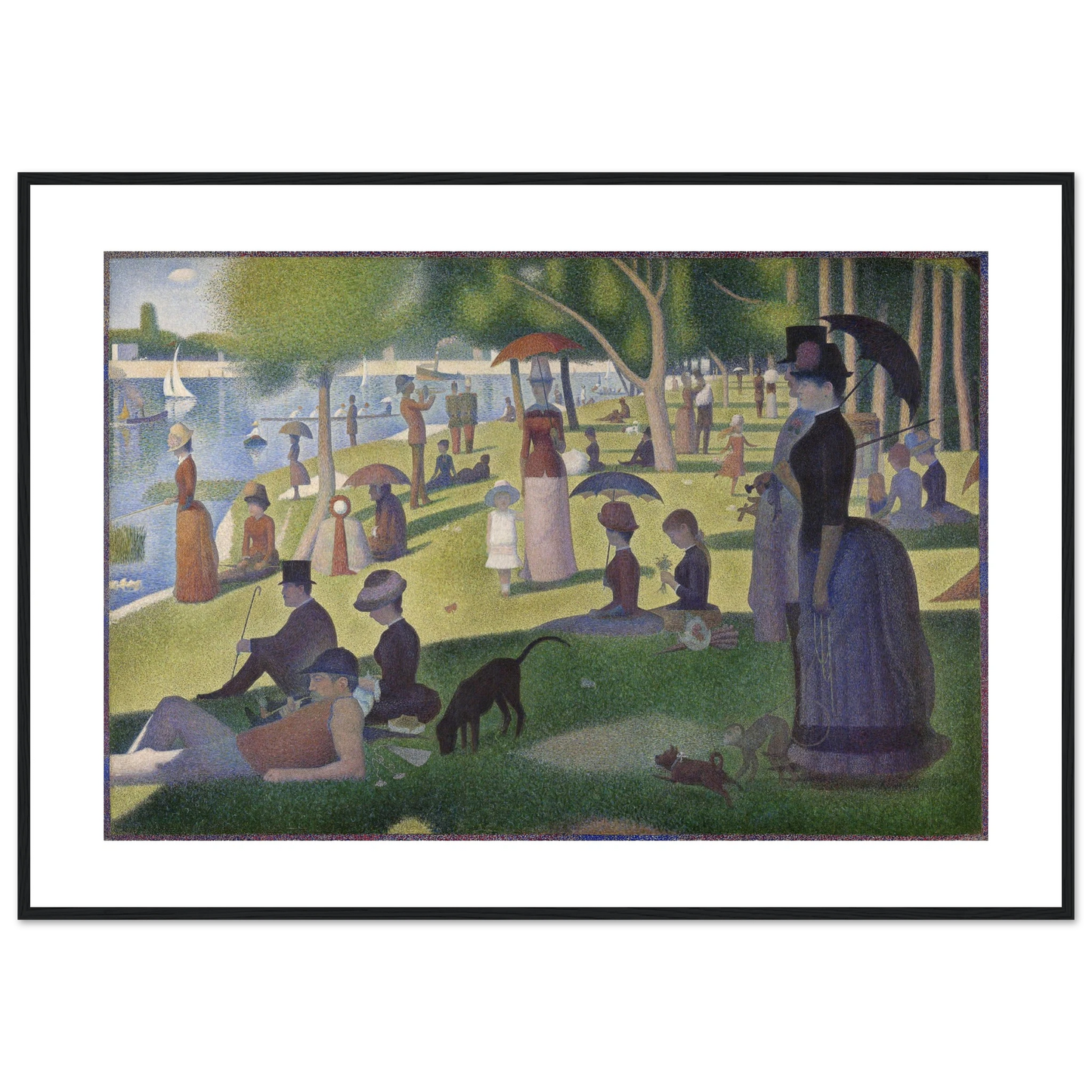


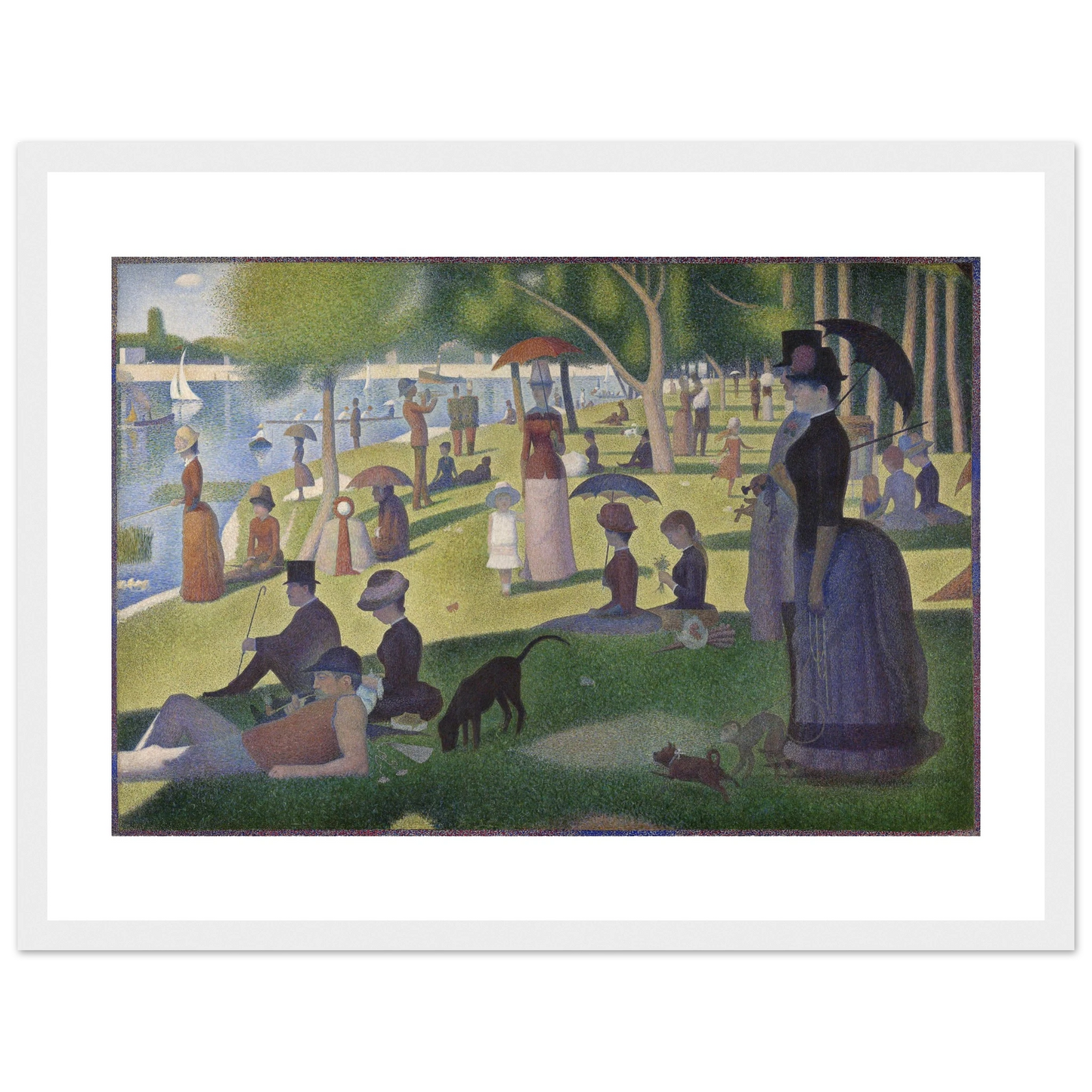
Fast, Trackable Delivery. Wherever You Are 🌍
Made & shipped from 9 global print hubs
Our smart routing system picks the closest production centre to you for speed and sustainability in UK, US, Canada, France, Germany, Netherlands, Norway, Spain, Sweden.
Quick-turn dispatch
Prints leave the studio in 1-3 business days, then typically arrive in:
UK: 3-4 days | US: 4-6 days
Canada: 5-6 days | EU: 3-5 days
Rest of world: ≈ 14 business days
Trusted carriers only
Royal Mail, DHL, UPS, FedEx, Parcelforce, PostNL, Asendia, EVRi, Posten & more—all fully trackable.



